
What Are the Key Standards for Highway Sound Barriers?
Highway sound barriers are crucial infrastructure elements designed to mitigate noise pollution from busy roadways. The key standards for these barriers encompass acoustic performance, structural integrity, durability, and safety. They must meet specific noise reduction targets, typically aiming for a minimum of 5-10 dB(A) reduction, while withstanding environmental factors like wind loads and UV exposure. Compliance with standards such as EN 14388 in Europe or AASHTO guidelines in the US is essential. These standards ensure barriers effectively reduce noise, maintain structural stability, and integrate seamlessly with the surrounding environment.
At Shenyang Zhongda Steel Structure Engineering Co., Ltd., we pride ourselves on delivering highway sound barriers that not only meet but exceed these rigorous standards. Our innovative composite design, featuring a 2mm galvanized steel outer layer with 23-30% perforation and a high-density glass wool inner layer, achieves an impressive Noise Reduction Coefficient (NRC) of 0.81. This superior performance, combined with our modular design and customization options, sets a new benchmark in highway noise reduction solutions.
Acoustic Performance Standards for Highway Noise Barriers
Noise Reduction Coefficient (NRC) Requirements
The Noise Reduction Coefficient is a critical measure of a sound barrier's effectiveness. It quantifies the material's ability to absorb sound, with values ranging from 0 (perfect reflection) to 1 (perfect absorption). For highway sound barriers, an NRC of at least 0.7 is typically recommended. Our barriers at Zhongda Steel boast an exceptional NRC of 0.81, surpassing industry standards and ensuring optimal noise absorption.
Insertion Loss and Sound Transmission Class
Insertion Loss (IL) is another crucial acoustic performance metric, measuring the difference in noise levels before and after barrier installation. Effective highway sound barriers should achieve an IL of at least 5 dB(A), with higher values indicating better performance. The Sound Transmission Class (STC) rating, which measures a material's ability to block sound, is also important. Highway barriers typically require an STC rating of 20 or higher to effectively reduce noise transmission.
Frequency Range Considerations
Highway noise barriers must be effective across a wide range of frequencies, typically from 100 Hz to 5000 Hz. This broad spectrum coverage ensures that both low-frequency rumbles from heavy vehicles and high-frequency tire noise are adequately mitigated. Our composite design at Zhongda Steel, with its perforated steel outer layer and glass wool inner layer, provides excellent performance across this entire frequency range.

Structural and Safety Standards for Highway Sound Barriers
Wind Load Resistance Requirements
Highway sound barriers must withstand significant wind loads without compromising their structural integrity. The standard wind pressure resistance for these barriers is typically 1.2 kN/m². Our barriers at Zhongda Steel are engineered to meet this requirement, ensuring stability even in challenging weather conditions. The H-shaped columns and concrete foundations we use provide additional structural support, enhancing the overall wind resistance of our barrier systems.
Impact Resistance and Safety Features
Safety is paramount in highway infrastructure design. Sound barriers must be able to withstand potential impacts from debris or even vehicles without shattering or causing additional hazards. Our barriers undergo rigorous impact testing to ensure they meet or exceed safety standards. Additionally, we incorporate fall prevention nets in our designs, particularly for elevated sections, adding an extra layer of safety for maintenance workers and in the event of accidents.
Fire Resistance and Material Flammability
Fire safety is another critical consideration for highway sound barriers. Materials used must meet specific fire resistance ratings and have low flammability to prevent the spread of fire in case of accidents. Our galvanized steel outer layer provides excellent fire resistance, while the glass wool inner layer is treated to be fire-retardant, ensuring our barriers meet stringent fire safety standards.
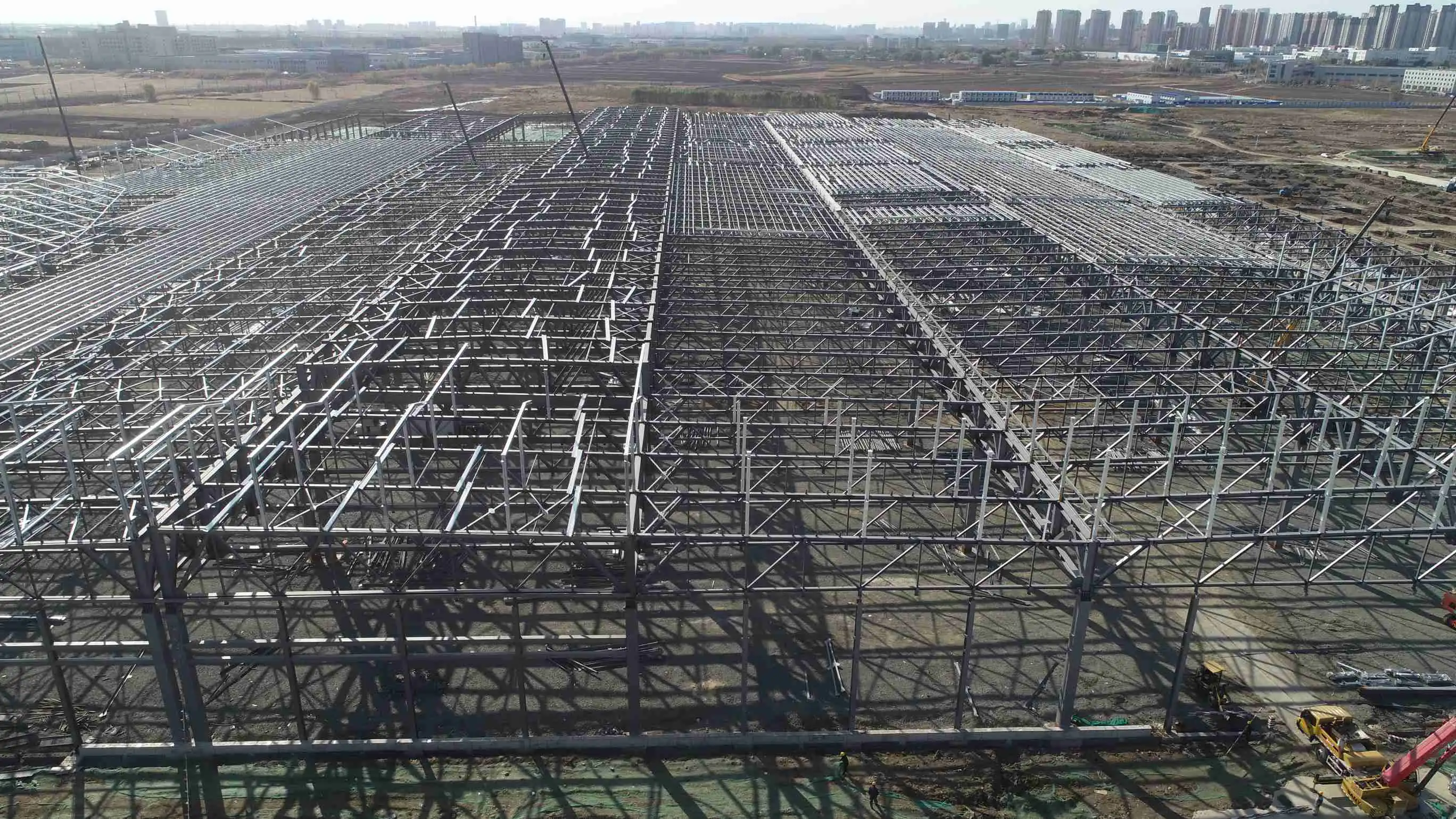
Durability and Environmental Standards for Highway Noise Barriers
Weather Resistance and UV Stability
Highway sound barriers are exposed to harsh environmental conditions year-round. They must resist degradation from UV radiation, temperature fluctuations, and moisture. Our barriers at Zhongda Steel undergo SGS Weather Resistance Testing, demonstrating UV resistance for 2000 hours without fading. This exceptional durability ensures long-lasting performance and reduces maintenance needs.
Corrosion Resistance and Material Longevity
Corrosion can significantly impact the lifespan and effectiveness of sound barriers. Our use of galvanized steel in the outer layer provides excellent corrosion resistance, extending the service life of the barriers. The 2mm thickness of this layer offers additional protection against wear and tear, ensuring the barriers maintain their acoustic and structural properties over time.
Environmental Impact and Sustainability Considerations
Modern highway sound barriers must also meet environmental standards, considering factors like recyclability and carbon footprint. Our composite design uses materials that can be recycled at the end of their lifecycle. Additionally, the high performance of our barriers means fewer materials are needed to achieve the desired noise reduction, contributing to overall sustainability in highway infrastructure projects.
Conclusion
Understanding and adhering to key standards for highway sound barriers is crucial for effective noise mitigation and safe infrastructure development. At Zhongda Steel, we've developed innovative solutions that not only meet these standards but set new benchmarks in performance and durability. Our composite barriers, with their high NRC, superior wind resistance, and exceptional durability, represent the cutting edge of highway noise reduction technology. By choosing Zhongda Steel, you're ensuring compliance with global standards while benefiting from industry-leading innovation and quality.
FAQs
What makes Zhongda Steel's highway sound barriers stand out?
Our barriers feature a unique composite design with a 2mm galvanized steel outer layer and glass wool inner layer, achieving an NRC of 0.81. They offer modular flexibility, superior wind resistance, and UV stability.
How customizable are Zhongda Steel's sound barriers?
We offer modular designs from 2-6m, with customizable colors using a RAL chart with over 200 options. We can tailor solutions for specific project requirements, including dimensions, coatings, and integration with existing infrastructure.
What certifications do Zhongda Steel's highway sound barriers have?
Our barriers are EU CE certified (EN 14388) and have passed SGS Weather Resistance Tests. We also comply with ISO 9001/14001/45001, EN 1090, AWS, and JIS standards.
Experience Unparalleled Highway Noise Reduction with Zhongda Steel
At Zhongda Steel, we're not just manufacturers; we're innovators in highway noise reduction solutions. Our state-of-the-art factory combines advanced engineering with a commitment to quality, resulting in sound barriers that set new industry standards. With a 60,000-ton annual precision fabrication capacity and BIM-based design, we deliver superior products tailored to your specific needs. Experience the difference of working with a global leader in steel structures. Ready to elevate your highway infrastructure? Contact us at Ava@zd-steels.com to discuss your project requirements.
References
European Committee for Standardization. (2005). EN 14388: Road traffic noise reducing devices - Specifications.
Federal Highway Administration. (2017). Noise Barrier Design Handbook.
International Organization for Standardization. (2018). ISO 10847: Acoustics - In-situ determination of insertion loss of outdoor noise barriers of all types.
American Association of State Highway and Transportation Officials. (2015). AASHTO LRFD Bridge Design Specifications.
Kotzen, B., & English, C. (2009). Environmental Noise Barriers: A Guide to Their Acoustic and Visual Design.
Bernhard, R., & Wayson, R. L. (2005). An Introduction to Tire/Pavement Noise of Asphalt Pavement. Institute of Safe, Quiet and Durable Highways, Purdue University.










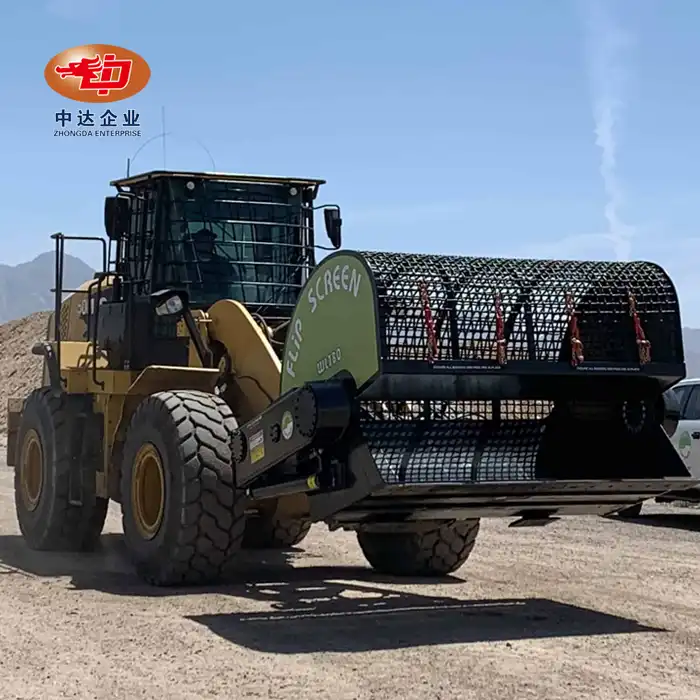
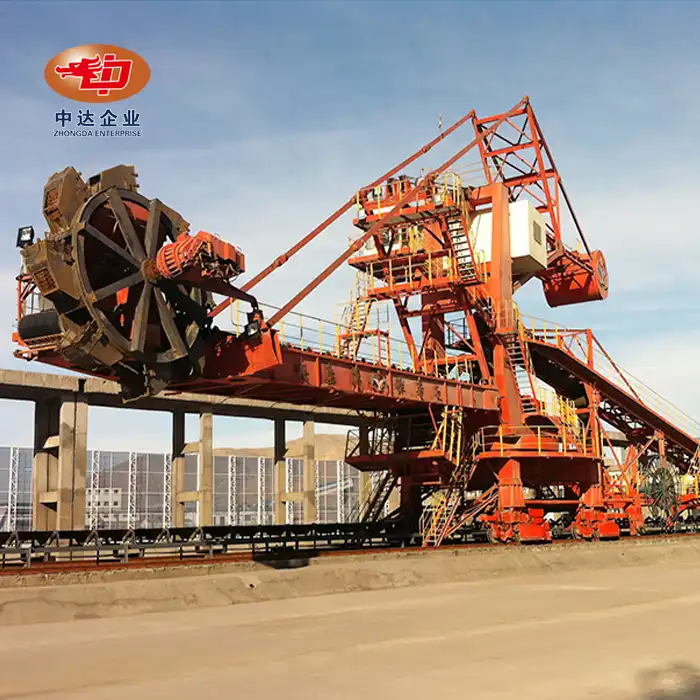
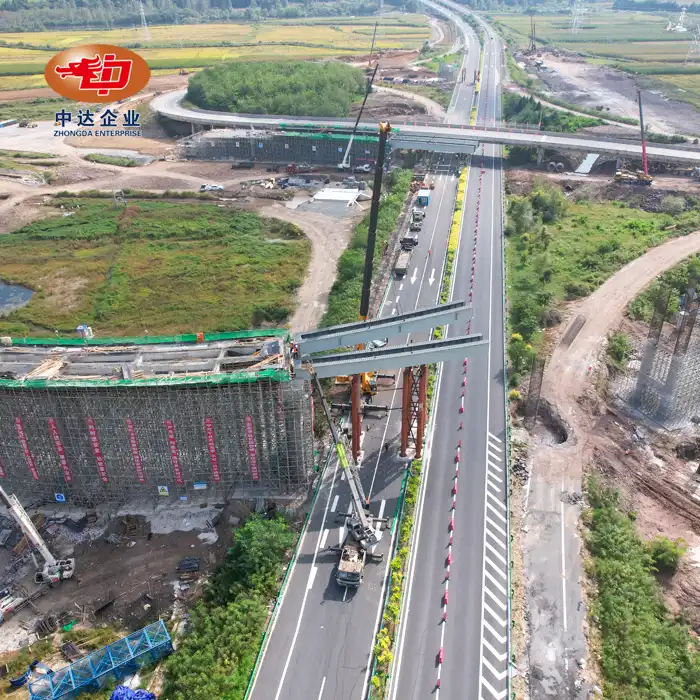
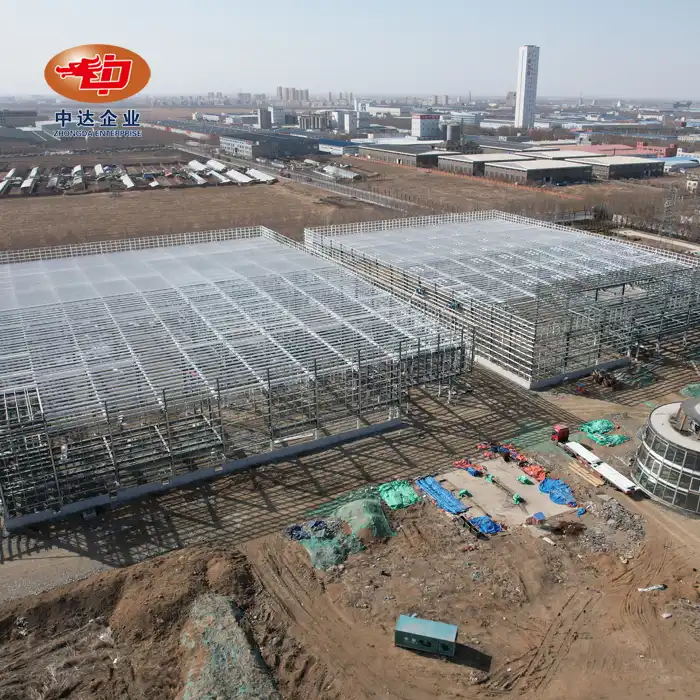
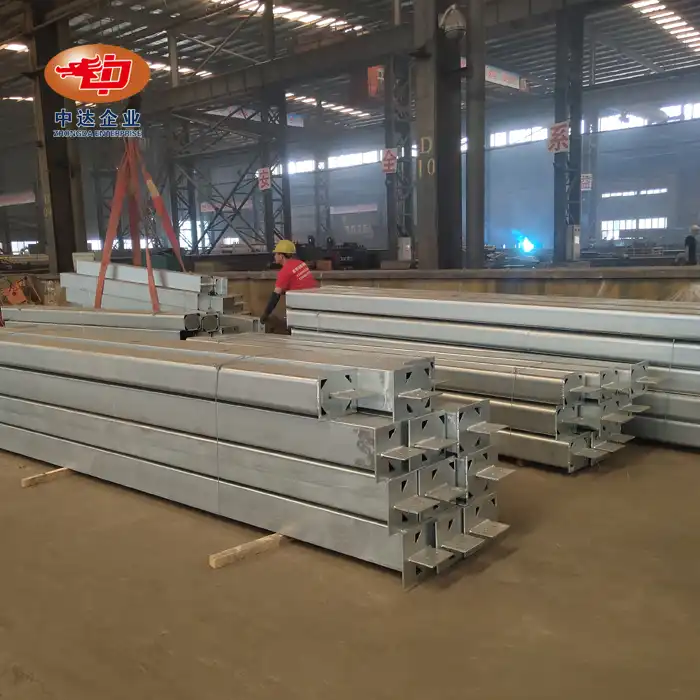
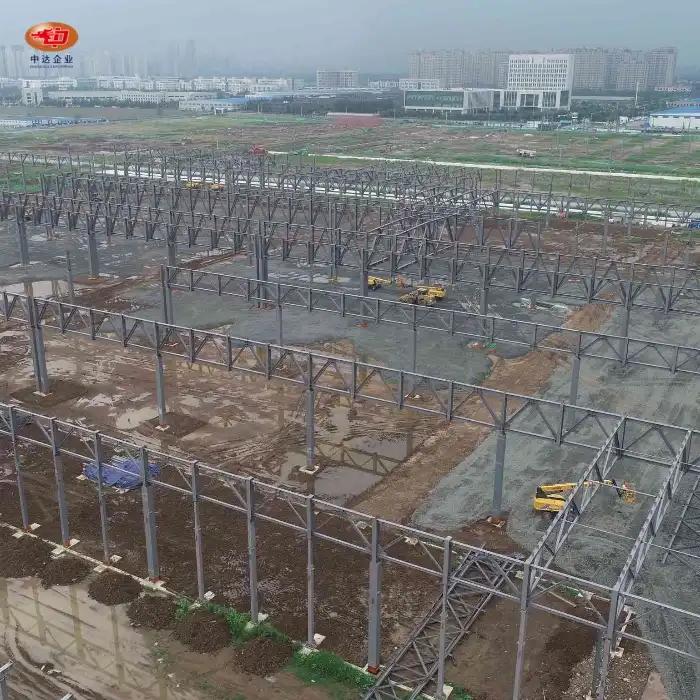
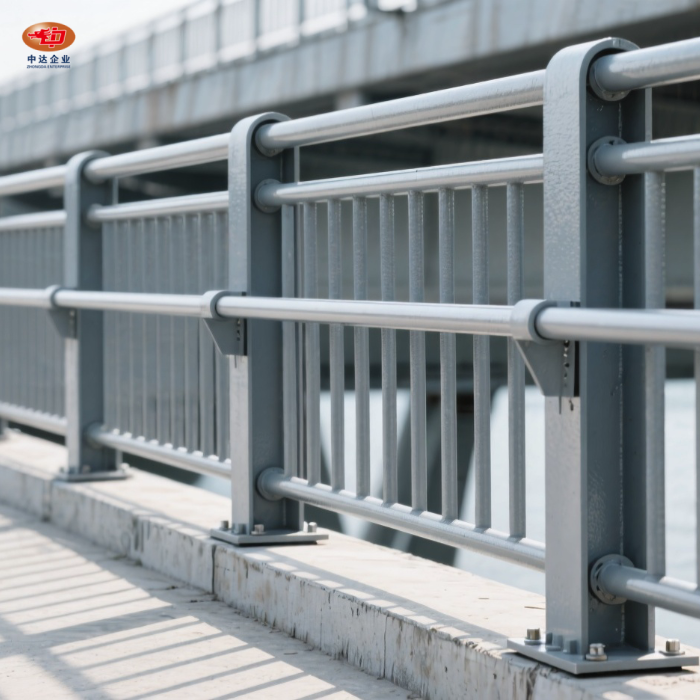
_副本_1758525665999.jpg)
